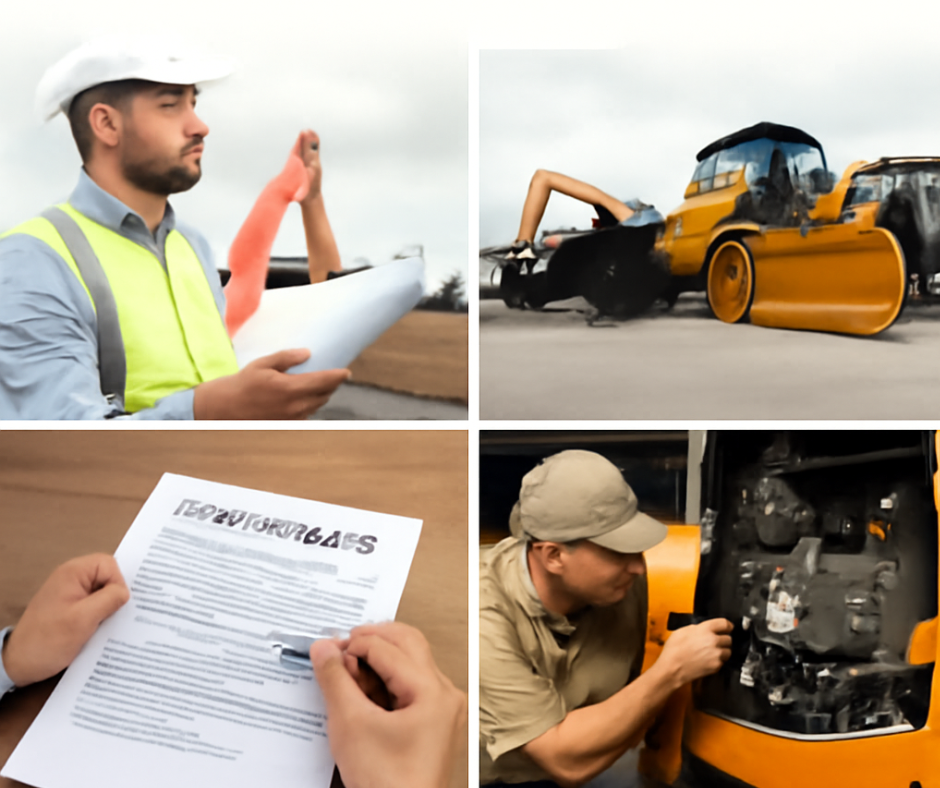
Choosing the right skid steer attachment can dramatically improve your efficiency, safety, and project outcomes. With so many options available, it’s important to match the attachment to your specific job requirements, machine capabilities, and budget. Here’s how to make the best choice for your next project.
Understand Your Job Requirements
Start by assessing the primary tasks you need to accomplish. Skid steer attachments are designed for a wide variety of applications, including earthmoving, landscaping, material handling, and site cleanup. For example:
- Buckets are versatile for digging, grading, and moving materials.
- Trenchers are ideal for digging footings, ditches, and pipe foundations.
- Forks are invaluable for lifting and moving pallets or lumber.
- Backhoes add deep digging capability.
- Brooms make site cleanup efficient1.
For landscaping, attachments like brush cutters, rakes, and tillers can prepare and clear land quickly1. Construction jobs may require augers for drilling holes, cement mixers for on-site mixing, or hydraulic hammers for breaking concrete1.
Check Compatibility and Capacity
Not all attachments fit every skid steer. Most modern machines use a universal quick attach plate, but you should always check compatibility with your specific model12. Hydraulic requirements are also crucial—ensure your skid steer can supply the necessary flow and pressure for the attachment to work properly3.
Pay close attention to your skid steer’s Rated Operating Capacity (ROC). This rating determines the maximum weight your machine can safely lift. Small-frame skid steers handle lighter attachments, while larger models can support heavier, high-capacity tools2.
Consider Build Quality and Durability
Durability is key, especially for attachments that will see frequent or heavy use. Look for attachments made from high-grade steel and with solid welds and joints3. Investing in quality may cost more upfront but reduces downtime and repair costs in the long run. Reading reviews and seeking recommendations from industry peers can provide valuable insight into how well an attachment holds up under real-world conditions3.
Factor in Cost and Value
While price is always a consideration, don’t sacrifice essential features or safety for a cheaper attachment. Weigh the total cost of ownership, including maintenance and repair needs3. Sometimes, a higher initial investment is justified by lower long-term operating costs. Explore warranty options and consider whether new or used attachments best fit your needs and budget23.
Evaluate Ease of Use and Maintenance
Choose attachments that are user-friendly and easy to install, preferably with a quick-attach system3. This saves time during changeovers and reduces the risk of improper installation. Opt for attachments with clear maintenance guidelines and readily available replacement parts. Simpler designs often mean less maintenance and fewer breakdowns3.
Prioritize Safety
Safety features such as guards, shields, and automatic shut-offs are essential. Attachments should comply with industry safety standards and provide good operator visibility3. Training and clear operating manuals further support safe and effective use.
Conclusion
Selecting the right skid steer attachment comes down to understanding your project needs, ensuring compatibility and capacity, prioritizing quality and safety, and balancing cost with long-term value. By following these guidelines, you can turn your skid steer into a versatile, reliable asset that meets the demands of any job.